Also by Guy de la Bdoyre
Samian Ware
Finds of Roman Britain
Buildings of Roman Britain
Towns of Roman Britain
Roman Villas and the Countryside
The Writings of John Evelyn
The Diary of John Evelyn
Particular Friends: The Correspondence of Samuel Pepys and John Evelyn
Hadrians Wall: A
History and Guide
The Golden Age of Roman Britain
The First Polio Vaccine
The Discovery of Penicillin
The First Computers
Battles over Britain: The Archaeology of the Air War
Voices of Imperial Rome
Pottery in Roman Britain
Aviation Archaeology in Britain
Companion to Roman Britain
Eagles over Britannia: The Roman Army in Britain
Voices of Imperial Rome
The Home Front
Gods with Thunderbolts: Religion in Roman Britain
Defying Rome: The Rebels of Roman Britain
Roman Britain. A New History
The Letters of Samuel Pepys
The Romans for Dummies
Cities of Roman Italy
The Real Lives of Roman Britain
Praetorian: The Rise and Fall of Romes Imperial Bodyguard
Domina: The Women who Made Imperial Rome
GLADIUS
The World of the Roman Soldier
GUY DE LA BEDOYERE
The University of Chicago Press
The University of Chicago Press, Chicago 60637
2020 by Guy de la Bdoyre
All rights reserved. No part of this book may be used or reproduced in any manner whatsoever without written permission, except in the case of brief quotations in critical articles and reviews. For more information, contact the University of Chicago Press, 1427 E. 60th St., Chicago, IL 60637.
Published 2020
Printed in the United States of America
29 28 27 26 25 24 23 22 21 20 1 2 3 4 5
ISBN-13: 978-0-226-75023-1 (cloth)
ISBN-13: 978-0-226-75037-8 (e-book)
DOI: https://doi.org/10.7208/chicago/9780226750378.001.0001
First published in the United Kingdom by Little Brown, an imprint of Little, Brown Book Group Limited.
Library of Congress Cataloging-in-Publication Data
Names: Dela Bedoyere, Guy, author.
Title: Gladius : the world of the Roman soldier / Guy de la Bedoyere.
Description: Chicago : University of Chicago Press, 2020. | Includes bibliographical references and index.
Identifiers: LCCN 2020013163 | ISBN 9780226750231 (cloth) | ISBN 9780226750378 (ebook)
Subjects: LCSH: SoldiersRome. | RomeHistory, Military.
Classification: LCC U35 .D395 2020 | DDC 355.00937dc23
LC record available at https://lccn.loc.gov/2020013163
 This paper meets the requirements of ANSI/NISO Z39.48-1992 (Permanence of Paper).
This paper meets the requirements of ANSI/NISO Z39.48-1992 (Permanence of Paper).
This book is dedicated to my four sons,
Hugh, Thomas, Robert and William
Titus Flaminius... of Legio XIIII Gemina, served as a soldier for 22 years, and now here I am. Read this and be more or less lucky in your lifetime.
Tombstone of a legionary, found at Wroxeter, Britain. Mid-first century AD
CONTENTS


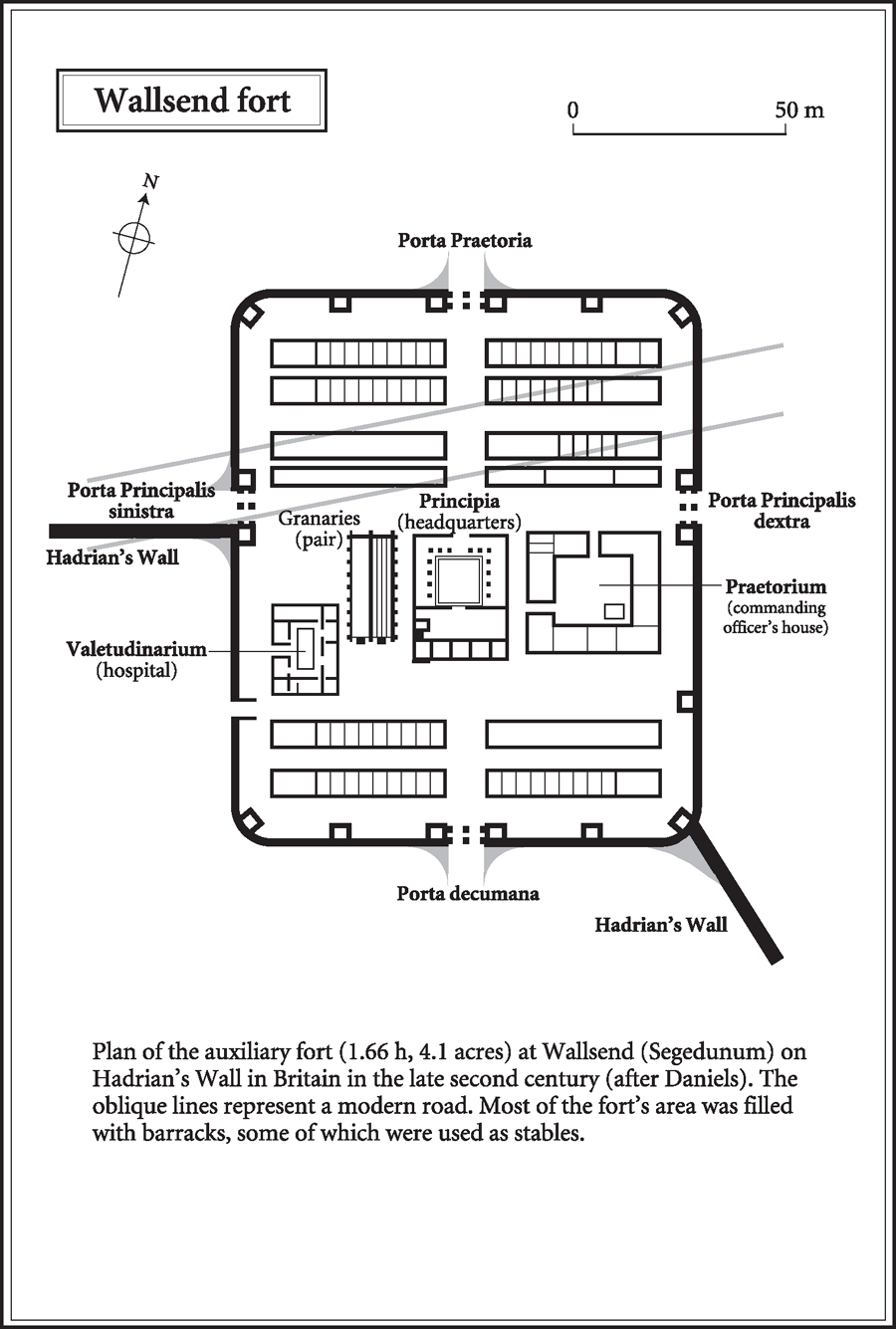
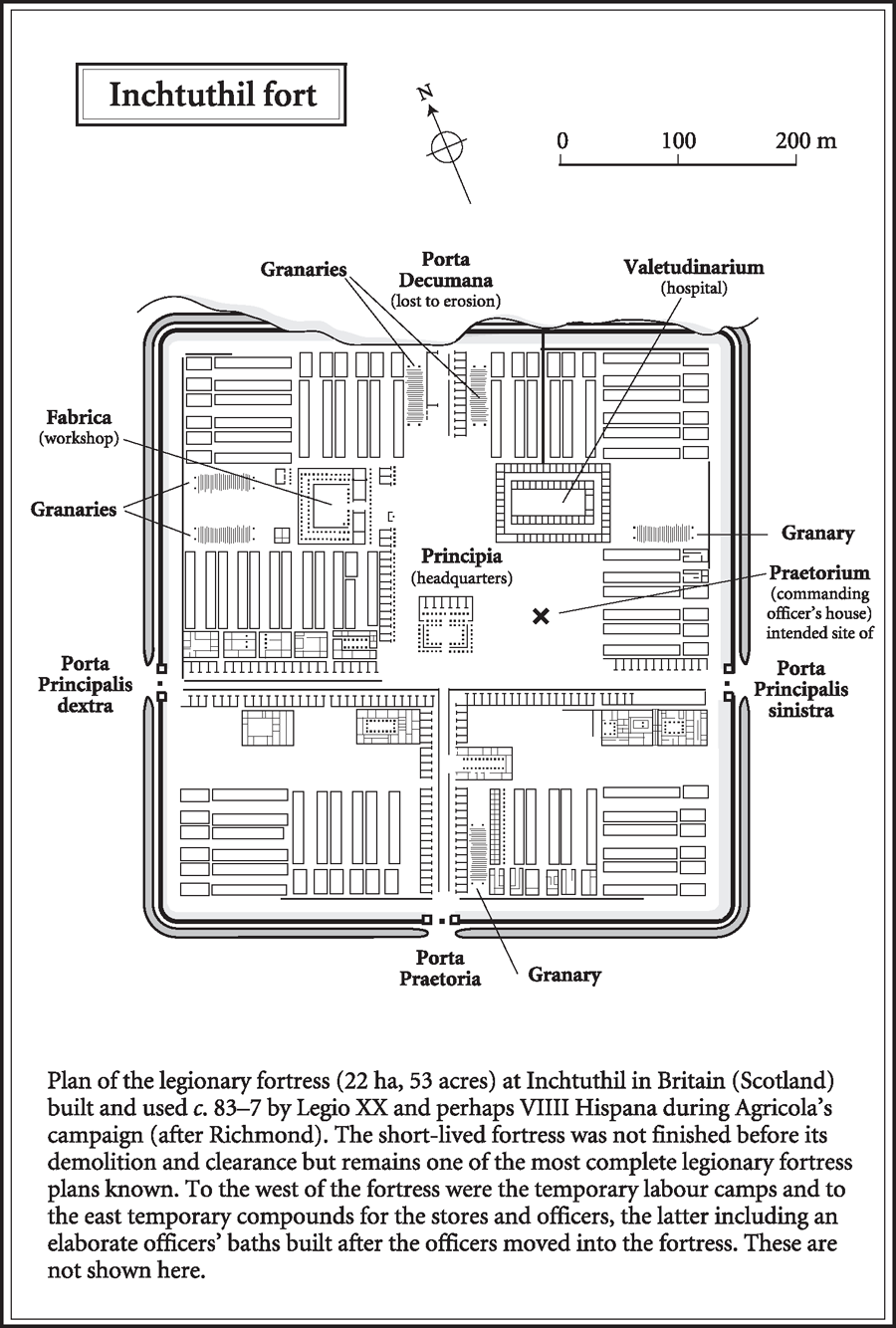
FOREWORD
Gladius is not a history of the Roman army, though it has a great deal of Roman army history in it. Nor is it a handbook of Roman military organization, equipment and fighting methods.accidents. Others lived to sign on again as veterans or retired to find their way in civilian life, with a few reaching remarkably advanced ages. The Roman army was the greatest force, perhaps in most respects the only force, the Roman state had to exert its power and influence over the Empire and beyond. Soldiers and veterans were present in every community in the Roman world.
The word gladius or gladius Hispaniensis, to give its full name was the name of the standard Roman infantry sword. The so-called Spanish sword appeared in the days of the Second Punic War and remained in use for centuries. Few other examples of military weaponry endured so long. Although the exact shape of the tapering iron blade and its length varied over the period, all examples of the gladius shared a similar blade and a carefully shaped handgrip made of wood, bone or sometimes ivory, with a wooden pommel. Some of the most elaborate examples had decorative scabbards made of wood with metal skins embossed with designs. Although not all Roman soldiers used the gladius cavalry troops had a longer version known as a spatha it seems from a letter found at Carlisle that in practice Roman soldiers used the word gladius as a generic term for regulation swords. There can be no other piece of Roman military weaponry that so effectively symbolizes the Roman army. It therefore seemed only logical to name this book after the gladius.
*
Compiling this book has been an absorbing and very interesting experience. Indeed, the research could have gone on indefinitely. The flow of stories about soldiers, their units, their lives, families, preoccupations, and their failures and achievements, seemed to be unstoppable. Inevitably, compressing such a vast subject into so small a space has involved a great deal of selection, frustrating though it has been to have to leave so much out. The result is a primarily and unashamedly anecdotal text, made up of evidence from inscriptions, original letters and other documents, and the writings of Roman historians or commentators who composed personal accounts of what they had seen or used other sources which no longer exist. Some instances and episodes were automatic inclusions, such as the Varian disaster of AD 9 or the military letters and records found at Vindolanda, a fort on Britains northern frontier. In many other cases it was a question of making a choice, often a difficult one.
The book is also unavoidably unbalanced. This is a consequence of the material we have to hand. Romes great age of warfare and conquest was the last three centuries BC during the late Republic, a period beloved of some of Romes greatest historians like Livy, Polybius and Appian who provide us with detailed accounts of the period and in particular the generals, the campaigns and the battles. However, at that time the Roman army was not a standing force and we also know very little about individual soldiers. Under the emperors the picture turns almost volte face. Fighting was less sustained and wars of conquest were infrequent. Gaps in the sources also mean that apart from Tacitus, who only covers the first century AD (and even then not all of it), we have little to match what we know about the earlier period. Paradoxically this is when the ordinary soldiers, the milites gregarii, emerge from the shadows in the haul of tombstones and documents of imperial date recovered from sites across the Empire to provide us with a wealth of information about their lives.
The ancient texts have invariably been consulted rather than relying on modern secondary sources. These days with so much published online the task has been made much easier, whether that means reading a papyrus found in Egypt or an inscription from a legionary fortress on the Rhine. All those used here are fully referenced so that the reader can follow any of them up. The process is very instructive. The original wording of these texts is often somewhat more ambiguous than a secondary source might imply, but can also reveal additional information or nuances omitted from a secondary source. The many different ways in which a sword was referred to is an excellent case in point.



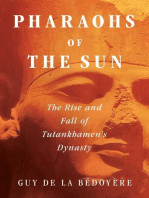
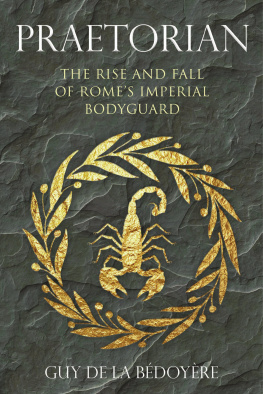
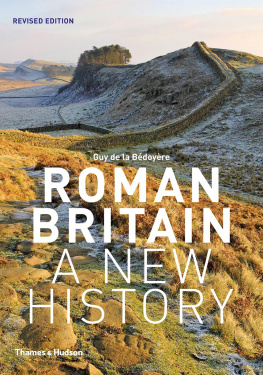
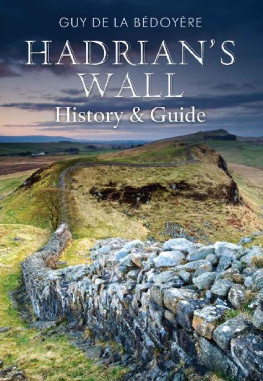
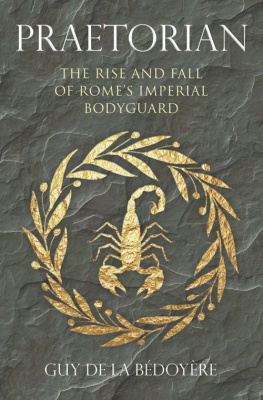

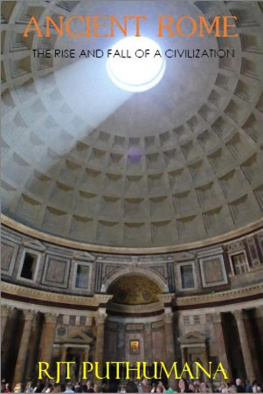

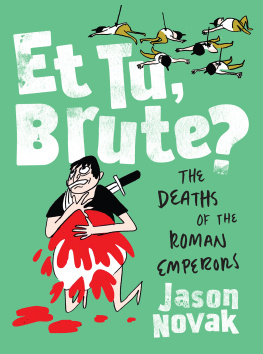

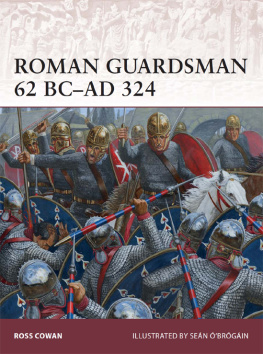
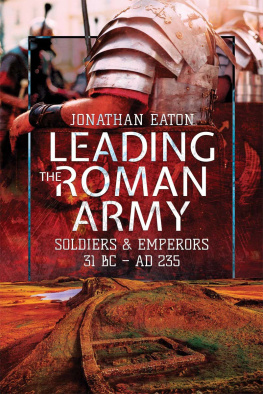

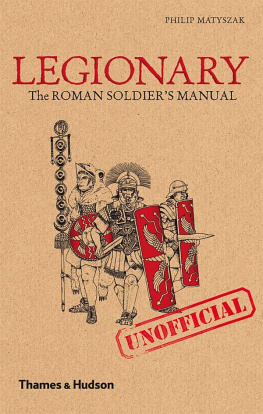
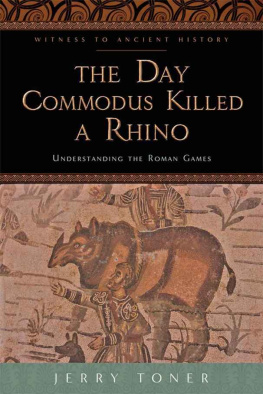

 This paper meets the requirements of ANSI/NISO Z39.48-1992 (Permanence of Paper).
This paper meets the requirements of ANSI/NISO Z39.48-1992 (Permanence of Paper).


